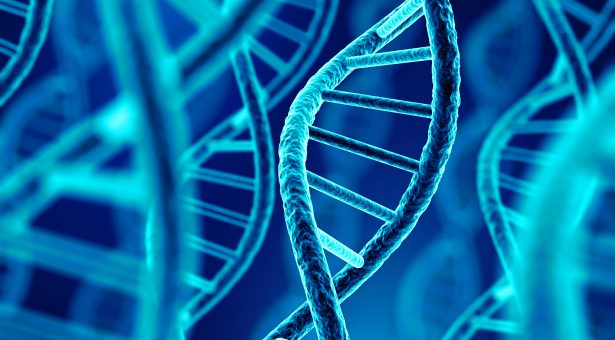New research identifies threat to human immune system’s key defence mechanism

A breakthrough by scientists at the University of East Anglia could pave the way for new drugs that protect the human immune system from bacterial disease.
Working with colleagues at the John Innes Centre, the researchers have made a key discovery about how infectious bacteria succeed in invading the human body – despite being under attack by Nitric Oxide.
Nitric Oxide (NO) is the highly poisonous gas produced by the human immune system as an early line of defence. It is designed to cause rapid bacterial cell death, but the attacking microbes have evolved special NO sensors to help them survive.
Published this week in the journal PLoS ONE, the scientists have demonstrated for the first time how one of these sensors, NsrR, works at the molecular level.
They have discovered that NsrR contains a metal centre known as an iron-sulphur cluster that is bound and destroyed by NO. This makes NsrR fall off DNA and results in the expression of genes that are normally blocked by NsrR. One of these genes encodes a flavohaemoglobin protein named Hmp that detoxifies NO.
The discovery could pave the way for inhibitors to be developed to block NO sensing and help the human immune system to kill invading microbes.
Funded by Research Councils UK and the BBSRC, the research was led by Dr Matt Hutchings of the University of East Anglia and Dr Nick Tucker at the John Innes Centre.
“This is an exciting breakthrough in our knowledge about how bacteria sense and respond to Nitric Oxide,” said Dr Hutchings.
“By understanding the molecular processes behind the sensor proteins’ behaviour, it is hoped techniques can now be developed that will block the ability of bacteria to sense Nitric Oxide – potentially a major step forward in our battle against bacterial disease.”



